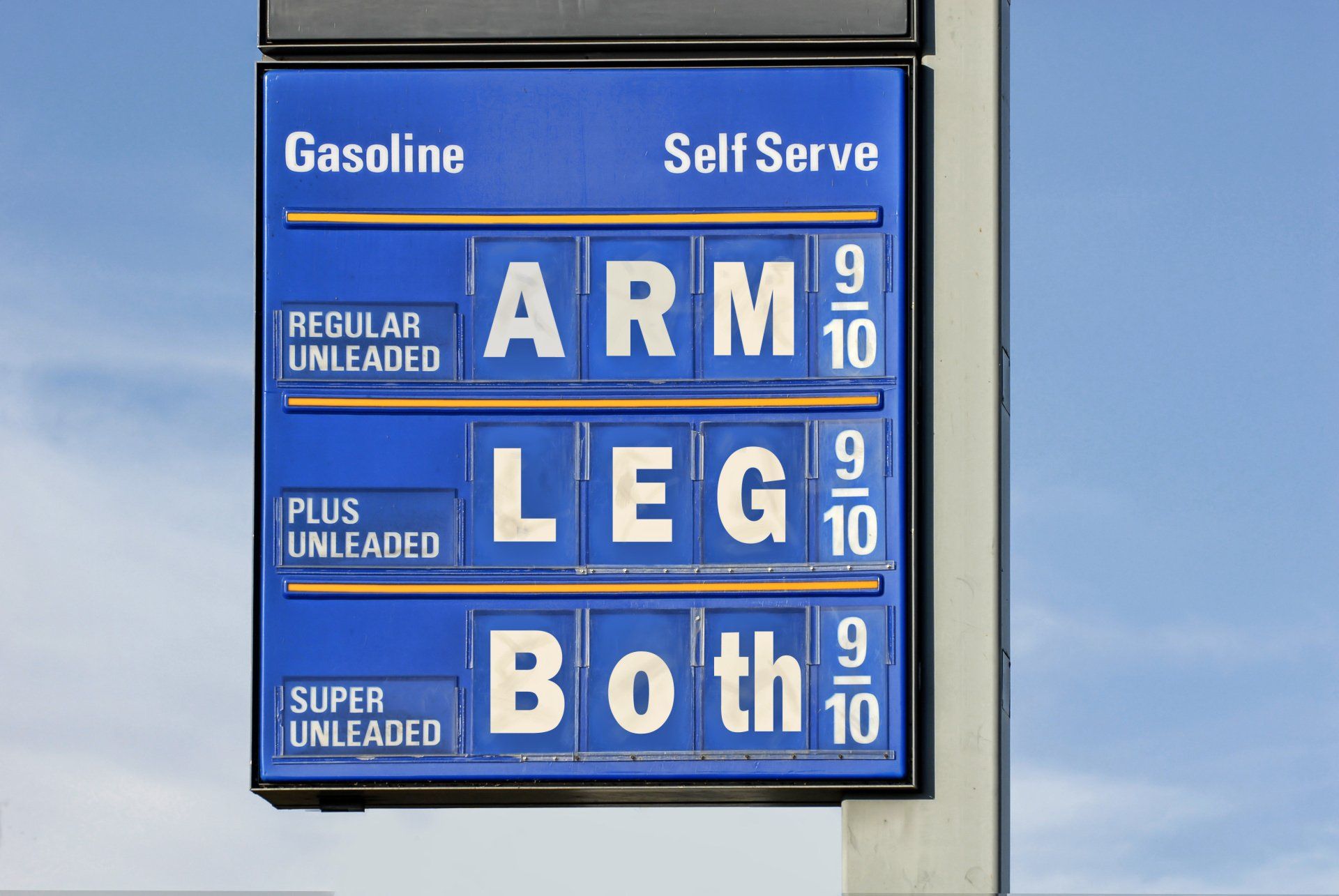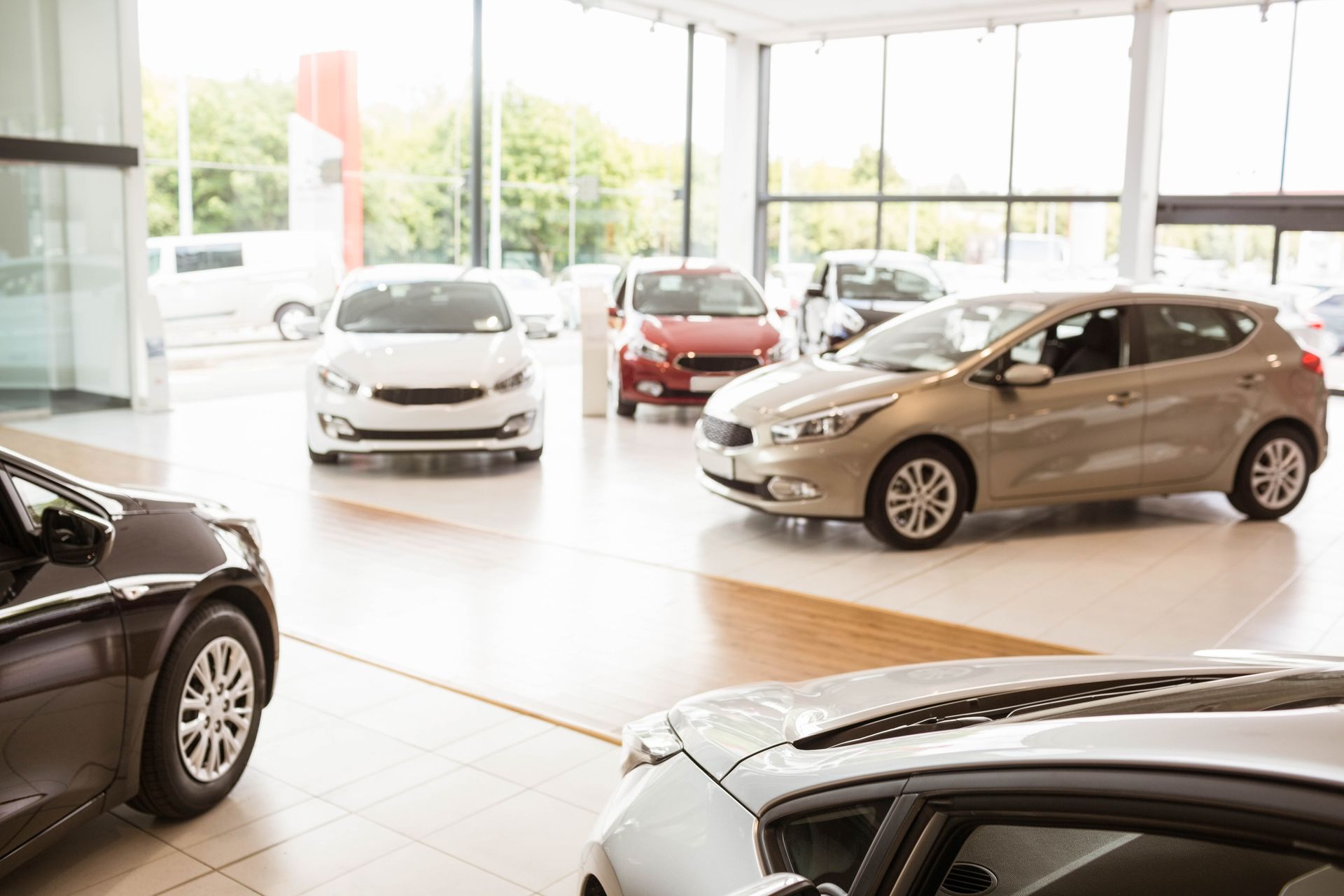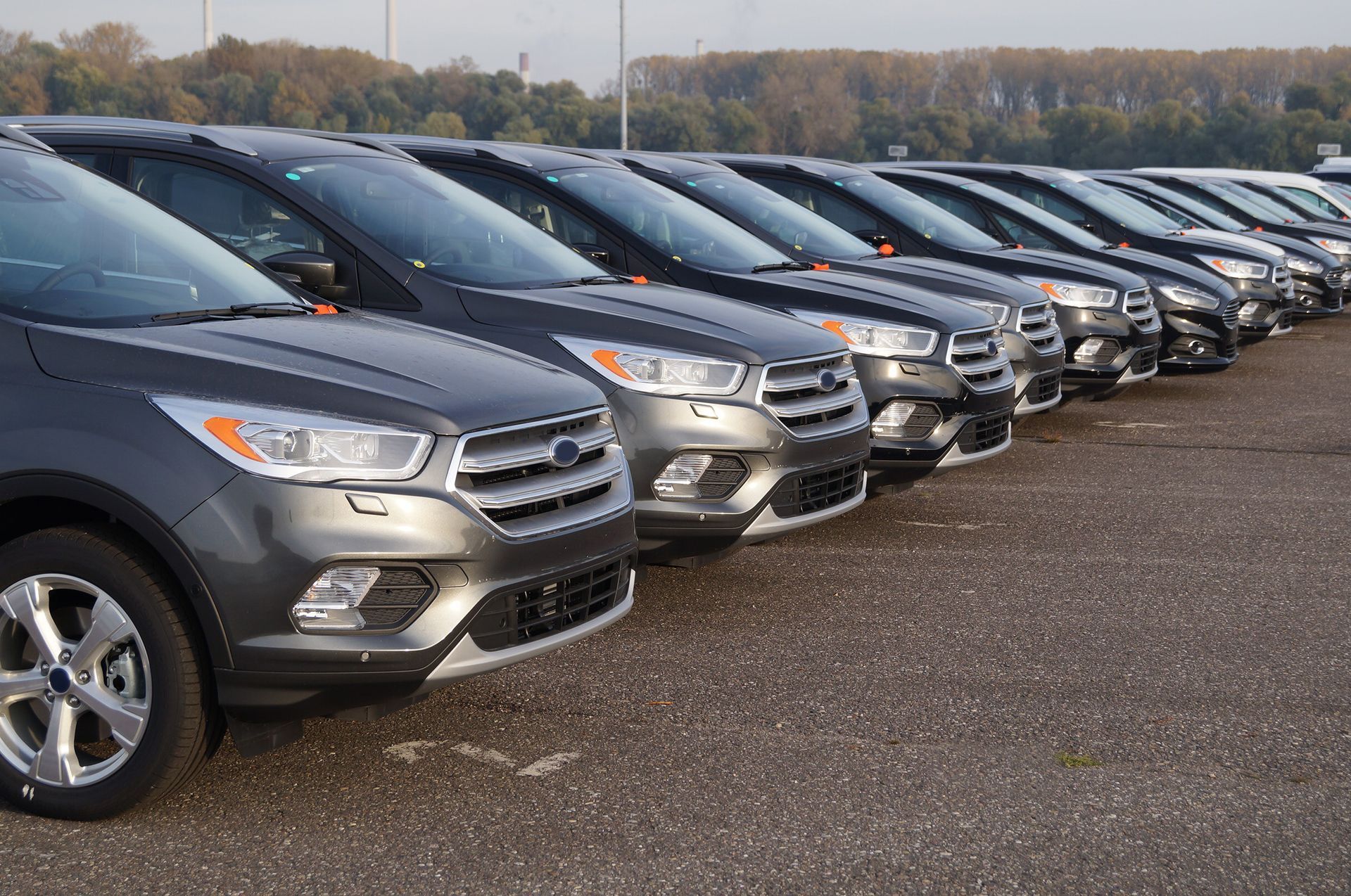Why Are Gas Prices So High?

Gas prices in the U.S. are at an all-time high. According to the American Automobile Association, October 2021 saw skyrocketing gas prices, averaging $3.22 per gallon – the most expensive it’s been since 2014. In California, gas prices are more than one dollar higher than the national average, and in certain parts of the state prices have crept upward to an unprecedented $6 per gallon.
But what is causing gas prices to be on the rise and what can you do to reduce driving costs without having to reduce driving?
Increased Demand
Gas prices fluctuate based on supply and demand. As the world continues to recover from last year’s pandemic, so does air and ground travel.
Many people are resuming their work commutes, taking road trips and even travelling internationally. This travel rebound is causing a soaring demand for fuel. However, gas supply remains low for several reasons.
Hurricane Ida
The late-summer hurricane caused significant damage to U.S. oil and gas production in the Gulf of Mexico. Ida’s frantic, 150 miles-per-hour winds scoured through the Gulf, damaging several ports and oil facilities and causing some oil to leak into the Gulf. These facilities were not back to full capacity even months after Ida and have therefore contributed to gas supply challenges.
Discouraging Domestic Production
While gas demand and supply needs are at full steam, some government policies discourage domestic oil production.
Although bans aimed at preventing the addition or renewal of oil and natural gas drilling leases on national land have been halted by legal disputes, there’s still a concerted effort by some lobbyists and politicians to make domestic energy production more expensive for energy companies.
Reduced domestic production or greater regulatory burdens could have negative long-term impacts on the price of gas.
No Relief From OPEC
Given rising demand and limitations on supply, the U.S. government has made attempts to persuade the Organization of the Petroleum Exporting Countries and Russia (OPEC+) to increase petroleum output.
OPEC reduced production by 5.8 million barrels per day (bpd) during the pandemic as demand for fuel cratered. The Biden Administration requested they reverse those cuts, but so far OPEC has only agreed to increase output by 400,000 bpd per month until production is back to pre-pandemic levels.
How to Save Money on Gas
If the skyrocketing gas prices are wreaking havoc on your wallet, consider making changes to your driving habits or even your vehicle.
While premium gas is recommended for some cars, it generally isn’t a requirement. Using regular gasoline will not damage or hinder the performance of your car. However, it will help you save money in the long run.
If you have a Costco or warehouse club membership, consider them your go-to place for fuel. Using your membership card will save you money. The amounts may seem insignificant, but the cumulative savings add up, especially if you drive a fuel-thirsty vehicle like a truck or an SUV.
If You’re in Washington D.C. or Baltimore, Consider Purchasing a Fuel-Efficient Car with Direct Car Buying
Nothing will save you as much money on gas as driving a fuel-efficient car.
It can be tempting to buy a car you can flaunt to family and friends. Maybe you’re an avid nature enthusiast looking for that perfect off-roading adventure and don’t mind spending extra money on gas. But if you need a car to simply get around, look for a vehicle with good fuel economy.
Fuel-efficient cars are usually smaller in size, which means you can also save money on your car payment and maintenance costs.
Consider selling your current gas guzzler to Direct Car Buying and browsing our inventory for a more fuel-efficient replacement. As part of the Easterns Automotive Group, we will help you find the perfect used car, with great financing, to satisfy your unique preferences and needs.
Search our inventory to find a fuel-efficient vehicle that’s easy on your wallet. We also invite you to call us at 877-927-6093 for more information.



